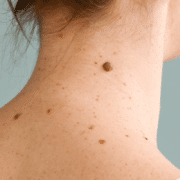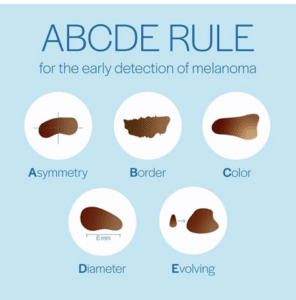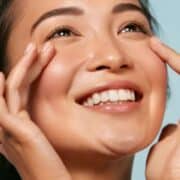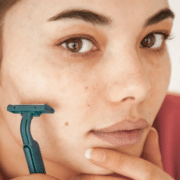Why You Need Sunscreen in the Winter
If you’re wondering whether you really need to wear sunscreen during the darker and colder winter months, you’re not alone. According to a recent study published by the National Institutes of Health an only an estimated 13.5% of Americans regularly wear sunscreen daily.1 However, the sun produces harmful UV rays all year round – even on cloudy days and during cold winter months. Although the sun’s rays may not feel as strong on your skin during the colder weather, its ultraviolet (UV) rays continue to harm your skin and cause damage and premature aging.
Increased Risk of Skin Cancer
By not wearing sunscreen in the winter, you increase your risk of skin cancer. UV rays are harmful during this time of year because the ozone layer is at its thinnest. Additionally, snow and ice can reflect up to 80% of these rays2, making it especially important to keep your skin protected. Some studies have shown some cloudy conditions amplify harmful UV radiation when the sun’s rays are reflected in the cloud.
Choosing the Right Sunscreen for Winter
Irrespective of skin tone, it’s important to utilize a broad-spectrum sunscreen safeguarding against UVA and UVB rays, with a minimum SPF 30 protection, effectively blocking 97 percent of sun rays.
Considerations for Winter Activities
If you’re doing a lot of activity in the winter, you may need sunscreen that’s water and sweat resistant. And if you’re at higher altitudes, such as a ski resort, look for SPF 50 or higher for the best protection against reflected rays from snow and ice.
Regular Application is Key
Regardless of your activity level and whether it’s sunny or cloudy, it’s a good idea to apply sunscreen to your exposed skin on a daily or more frequent basis. Even small amounts of sun exposure add up and can cause premature aging and increase your risk of skin cancer.
Tips for Winter Protection
- Apply sunscreen to all exposed skin and exposed reflected UV rays, including lips and ears.
- Put on sunscreen for at least 20 minutes before heading outside.
- Reapply sunscreen at least every two hours and more frequently if you’re sweating.
If you have concerns or questions regarding skin changes, do not hesitate to make an appointment with one of our dermatologists. Your proactive approach to skin health can make a significant difference in preventing and detecting skin cancer.
Sources:
1 Sunscreen use amongst US adults: A National Survey, NIH PubMed
2 A Guide to the UV Index: U.S. Environmental Protection Agency











